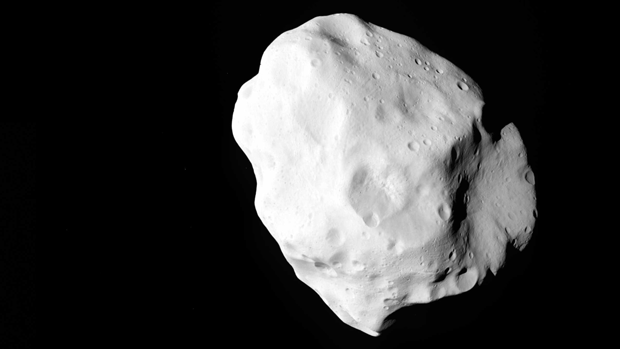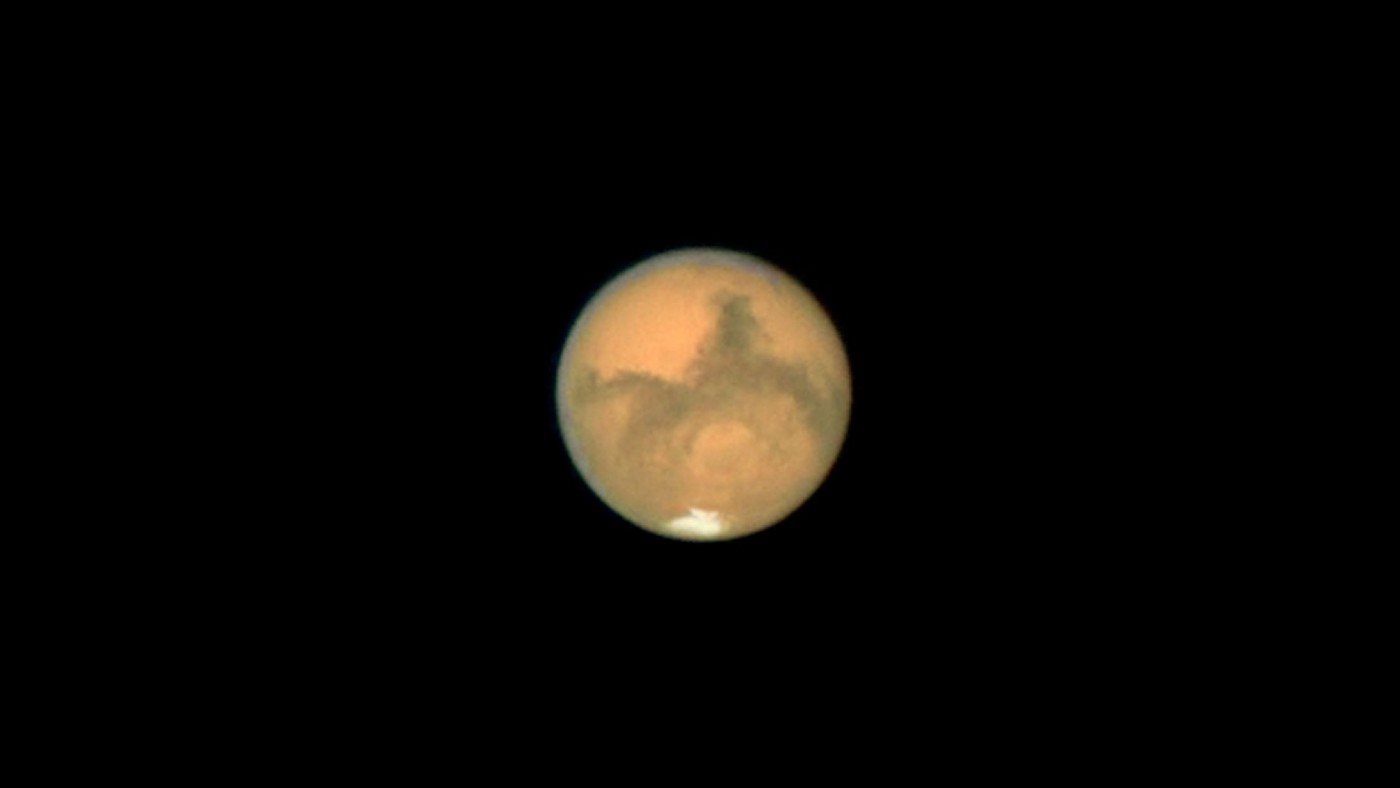Giant asteroid 2004 BL86 to buzz Earth in celestial 'near miss'
Don't panic: the asteroid will miss us by a comfortable 745,000 miles – but nothing will get closer until 2027

An asteroid called 2004 BL86 is about to zip past the Earth in what qualifies for a near miss in astronomical terms.
Much of the UK is covered with cloud, but clear skies in eastern areas of England and Scotland will provide a good opportunity for astronomers – professional and amateur – to observe the giant asteroid from unusually close quarters. Cloud may break later in central areas too, gallowing a glimpse of asteroid 2004 BL86.
What is 2004 BL86?
The Week
Escape your echo chamber. Get the facts behind the news, plus analysis from multiple perspectives.

Sign up for The Week's Free Newsletters
From our morning news briefing to a weekly Good News Newsletter, get the best of The Week delivered directly to your inbox.
From our morning news briefing to a weekly Good News Newsletter, get the best of The Week delivered directly to your inbox.
It's a big rock flying through space – an asteroid. This particular example is "relatively large", said Dr Don Yeomans of Nasa, quoted by The Independent.
How is it different from a planet?
The only significant difference is size. The Earth is around 8,000 miles in diameter; BL86 is roughly half a mile across. In fact, the term 'asteroid' is not used by the International Astronomical Union, which prefers to call BL86 a 'minor planet'. Just like our home planet, BL86 orbits the Sun.
Are we all doomed?
A free daily email with the biggest news stories of the day – and the best features from TheWeek.com
No. While the fly-past will be close enough "to be counted as a near miss", according to BBC Radio 1's Newsbeat, it will still be a comfortable 745,000 miles away - about three times the distance to the Moon. Nasa is certain that the asteroid "poses no threat to Earth for the foreseeable future".
When will we see it again?
Yeomans said this was the closest BL86 will come to the earth for the next 200 years, so this is certainly the best opportunity in our lifetimes. In fact, this is the closest any asteroid will come to Earth until 2027, when asteroid 1999 AN10 passes. It could get as close as 19,000 miles.
How can I see it?
Amateur astronomers should be able to watch BL86 with small telescopes, or even just powerful binoculars. Andrew Thornett, a local astronomer, told the Derby Telegraph: "If you look to the south east you will see two bright stars – Jupiter and Sirius. Roughly in between the two you will see a fast moving object, although it won't be very bright."
Eastern parts of the country will have the clearest skies, and areas away from cities, streetlamps and sources of pollution are likely to afford the best views.
-
 What will the US economy look like in 2026?
What will the US economy look like in 2026?Today’s Big Question Wall Street is bullish, but uncertain
-
 Alaa Abd el-Fattah: should Egyptian dissident be stripped of UK citizenship?
Alaa Abd el-Fattah: should Egyptian dissident be stripped of UK citizenship?Today's Big Question Resurfaced social media posts appear to show the democracy activist calling for the killing of Zionists and police
-
 Biggest political break-ups and make-ups of 2025
Biggest political break-ups and make-ups of 2025The Explainer From Trump and Musk to the UK and the EU, Christmas wouldn’t be Christmas without a round-up of the year’s relationship drama
-
 Nasa finds molecules on Mars
Nasa finds molecules on Marsfeature And other stories from the stranger side of life
-
 ‘Let puritanical values govern parliamentary rules’
‘Let puritanical values govern parliamentary rules’Instant Opinion Your digest of analysis from the British and international press
-
 The Week Unwrapped: martial lawlessness, asteroid action and statue sparring
The Week Unwrapped: martial lawlessness, asteroid action and statue sparringpodcast Should the culture of the British army face greater scrutiny? Can Nasa deflect asteroids away from earth? And should London’s statues be made more diverse?
-
 ‘Armageddon-style’ spacecraft to crash into asteroid
‘Armageddon-style’ spacecraft to crash into asteroidIn the Spotlight Mission is ‘first test for planetary defence’, says space agency
-
 The Week Unwrapped podcast: Jared’s mission, puberty and a telescopic loss
The Week Unwrapped podcast: Jared’s mission, puberty and a telescopic lossThe Week Recommends What is Jared Kushner up to? How will a new court ruling affect young trans people? And why was a great telescope left to rot?
-
 Pet parrot saves man from house fire
Pet parrot saves man from house fireSpeed Read And other stories from the stranger side of life
-
 Life on Venus? What we know so far
Life on Venus? What we know so farIn Depth Astronomers announce ‘mind-boggling’ discovery of ‘biosignature’ gas phosphine in clouds above the planet
-
 Heliocentrism explained in 60 seconds: ideas that changed the world
Heliocentrism explained in 60 seconds: ideas that changed the worldIn Depth The discovery that Earth revolves around the Sun laid the foundations for modern physics